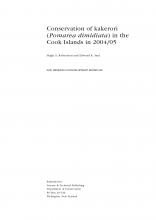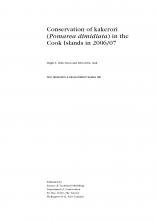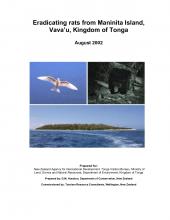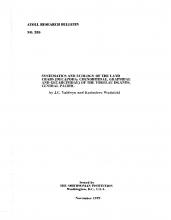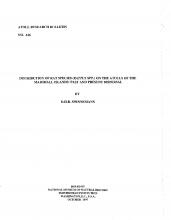Atolls as settlement landscapes: Ujae, Marshall Islands


Island and Ocean Ecosystems, BRB
Available Online
Williamson and Sabath (1982) have demonstrated a significant relationship between modern population size and environment by examining atoll area and rainfall in the Marshall Islands. The present work seeks to extend that argument into prehistory by examining the relationship of ancient habitation sites and size of aroid pit agricultural systems to atoll land area and rainfall regime along the 1,500-3,500 mm precipitation gradient in the Marshall Islands. Four atolls were selected for study: Ebon at the wettest extent in the extreme south; Ujae and Maloelap near the center of the archipelago; and Utrok at the dry north. The first phase of this long-term archaeological program is reported. During the survey of Ujae Atoll (90 05' N, 165° 40' E), three habitation sites, an aroid pit agricultural zone, one early historic burial, and seven fish traps, weirs, and enclosures were recorded. Along with excavations at two habitation sites (8 m2 total area), 35 traditional artifacts were recovered (shell adzes, ornaments, and manufacturing tools). Seven radiocarbon age determinations document land use beginning as early as the third century A.D. A beachrock sample dated to 2450 ± 70 BP relates to atoll development. Some 4,748 bones of fish, birds, turtles, Pacific rats, lizards, humans, and possible cetaceans, along with nearly 13 kg of shellfish, provide the basis for understanding prehistoric subsistence, human adaptations to the atoll setting, and land use patterns.
